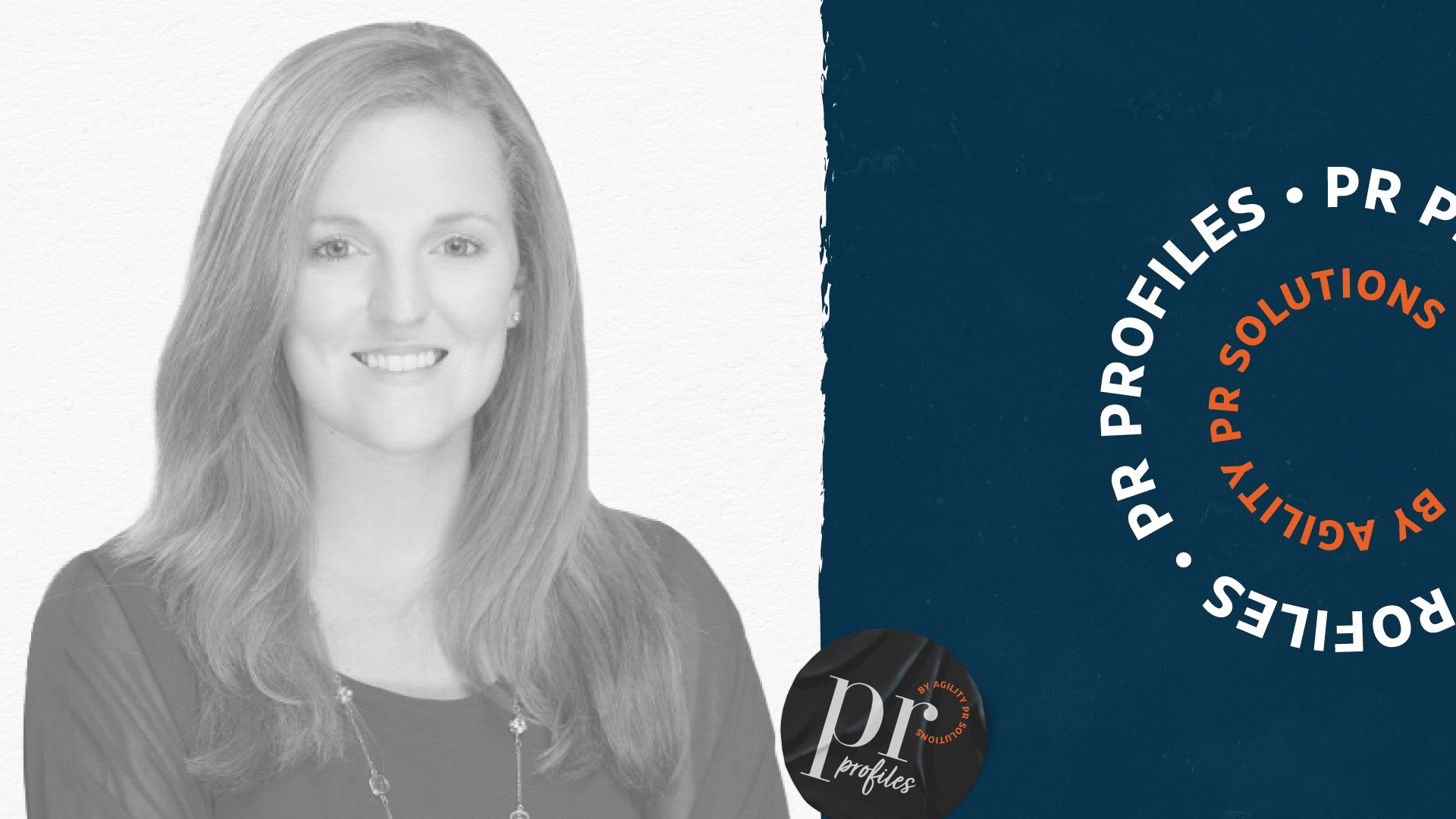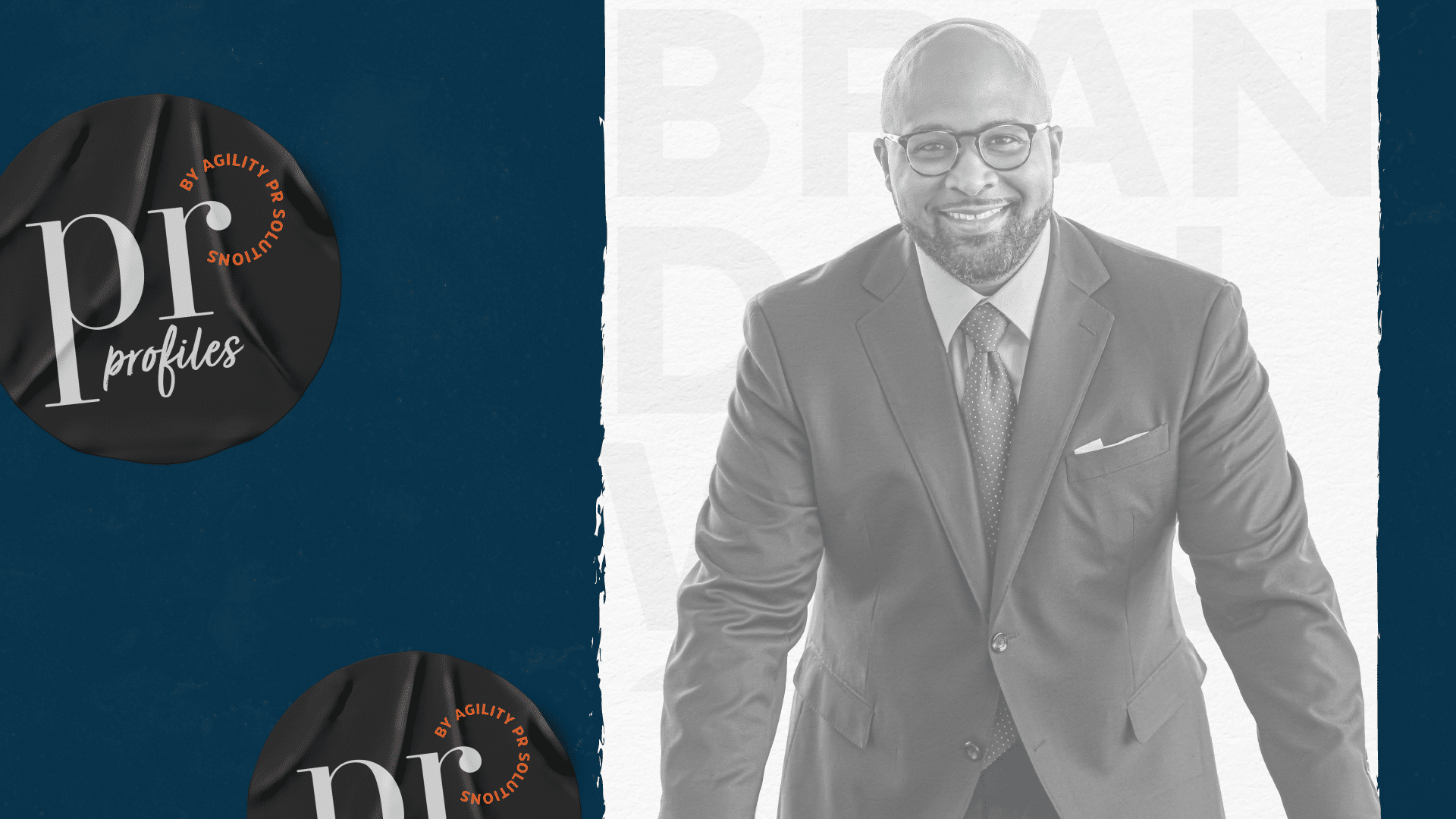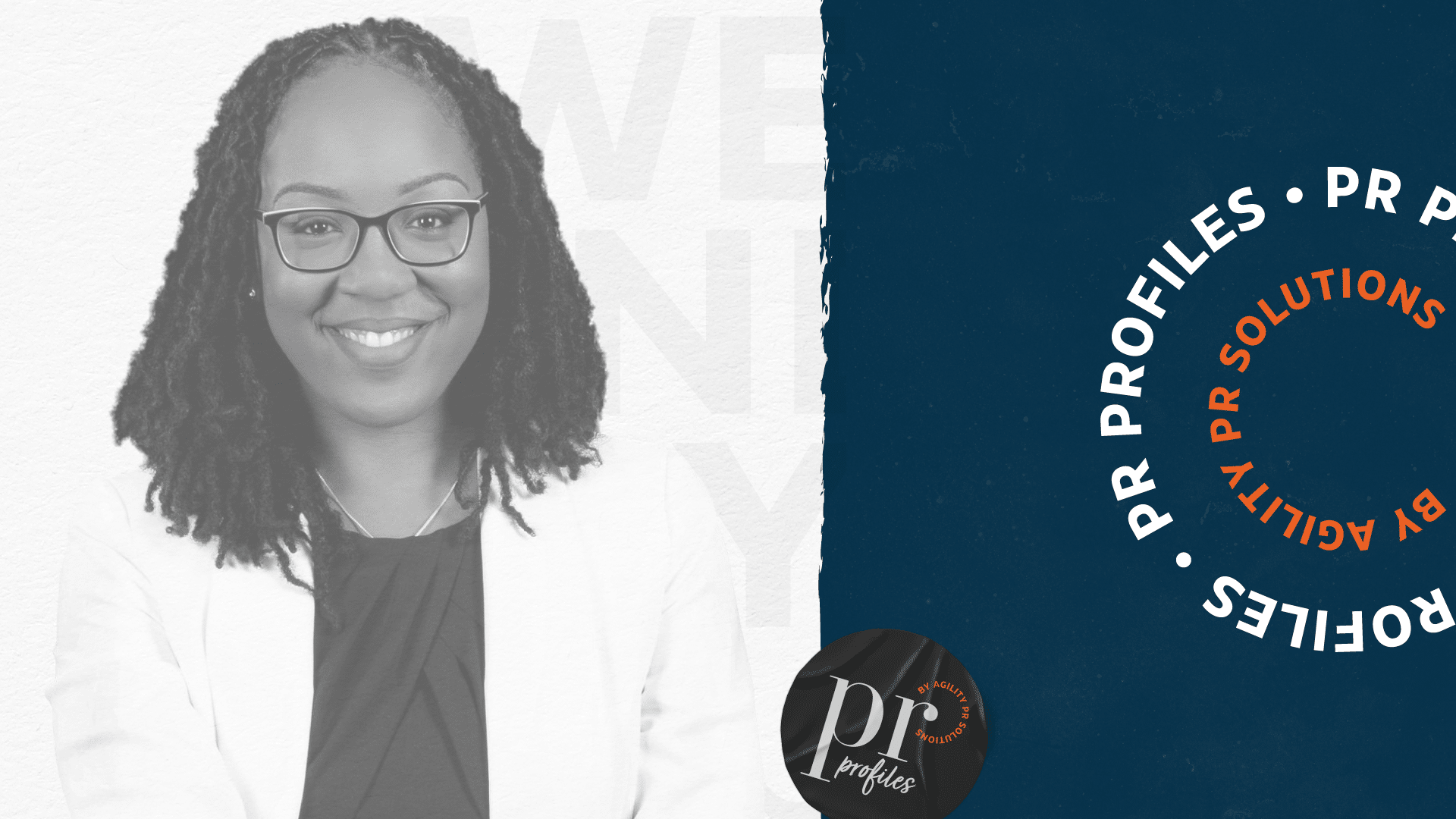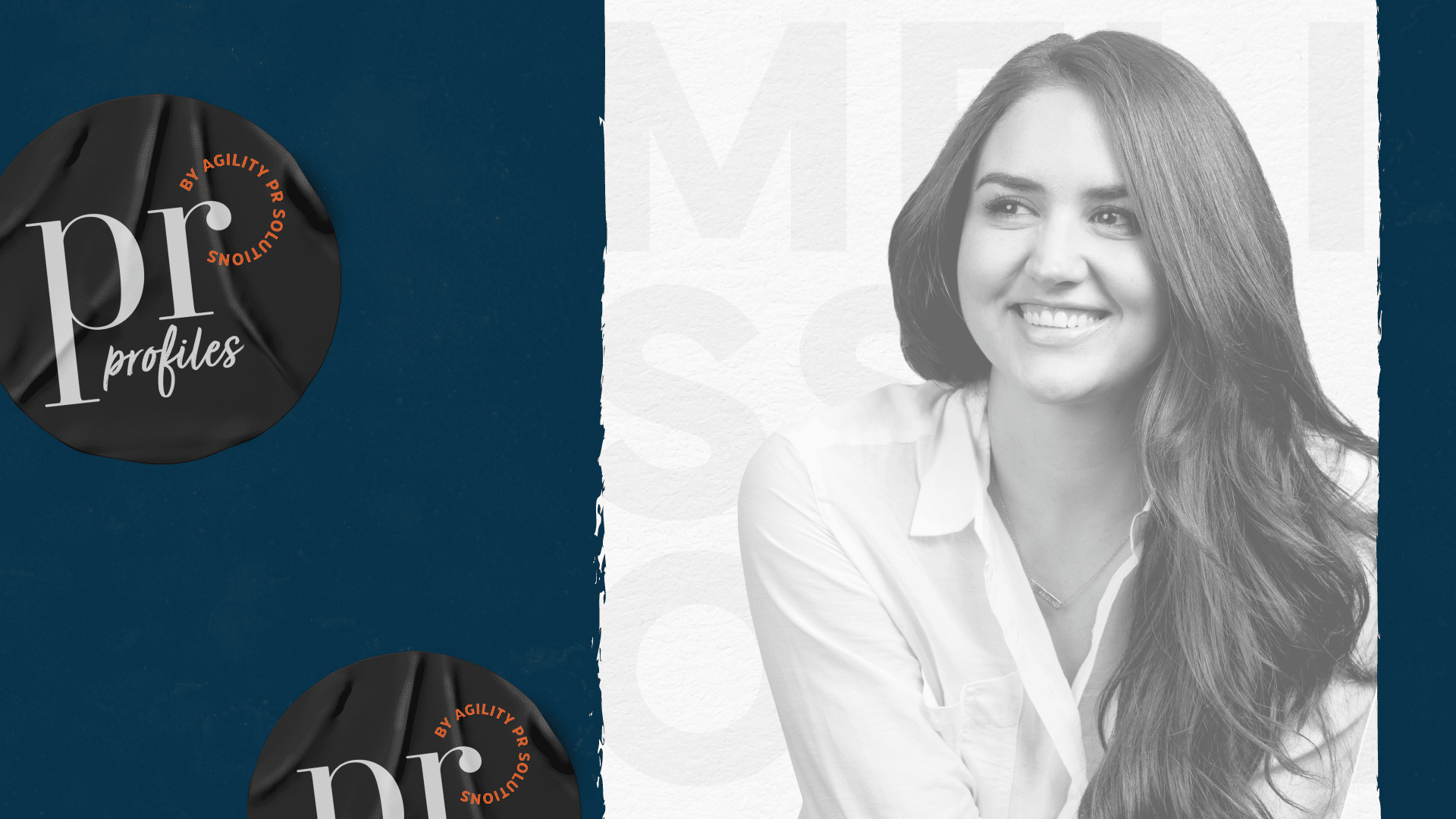Molly McPherson was working at the Federal Emergency Management Agency (FEMA) when Hurricane Katrina wreaked havoc on the city of New Orleans and surrounding areas. While FEMA’s response to the crisis was appreciated by the people receiving aid, it was brutalized by the media—so much so that the agency was featured in an SNL skit.
“At FEMA, I brought to leadership the idea of, ‘What if we took our message to the internet? What if we told our own stories?’ And that’s what started me on this journey that I still do today,” says Molly during her Crisis Comms Mastery virtual summit keynote presentation which was live last week.
Molly says she’s had to help her clients shift their perspectives about what constitutes a crisis. Some clients hold fast to the idea that, “If it didn’t show up on the local news, then it’s not a story. They either have ambivalence or complete hatred towards social media.”
Unfortunately, the mentality remains that events and news move so quickly on social media that there’s no need to address a crisis since people will soon forget it ever happened. It’s a belief Molly wants to correct. “That lack of understanding of what can happen in the environment of the digital landscape, it creates a combustible environment where crisis can happen. It can fester and never go away,” she says.
The internet is no longer faceless. Indeed, the excuse that, “it’s a bunch of anonymous trolls behind fake names and fake profiles” is no longer valid. Molly says, “people have no problem complaining with their name attached to it.”
In today’s crisis landscape, Molly sees the mobilization of stakeholders on social media more and more. “We might be able to write just one person complaining off as a troll, but when they organize—when they mobilize—out of a sense that the company or the organization is doing them wrong, that is a huge threat.”
Luckily, most PR practitioners have the skills necessary to spot these mobilizations. “We can see when customers rise up and form together to create a Facebook group, to create a trending hashtag, to create a TikTok that goes viral,” says Molly. Yet, leaders dismiss online reviews, choosing to look at the majority. “They’ll take the weight of an online survey and say, ‘look at our scores. Ninety percent of our customers love us’. But they’ll dismiss what people say online.”
Molly says it’s the job of PR to call attention to those online reviews. “People are now savvy enough to find information all across the internet.” Which means brands need to use their digital collateral—their website and social media platforms—to shape reputation and perform image restoration. “The first step of any response in a digital crisis is owning it,” says Molly. “People feel less betrayal when someone takes responsibility.”
Molly is Gen X, a fact she claims proudly. “Why does that matter? Because Gen X is right in the middle. I was learning about communications from a critical point of view, from an academic point of view, when the internet was just starting to take hold, and it’s never left me.”
Though your next crisis will be digital, Molly still believes in the traditional skills she learned back at Boston University when her class became the first to get email addresses. “We still need to understand how to do the traditional skills and the strategies and the practices,” says Molly. “We want to still work in that foundation, but we layer on the new technology, knowing that we’re in a digital native ecosystem right now.”
If you missed the Crisis Comms Mastery virtual summit and want to watch all of Molly McPherson’s keynote, as well as the sessions by our other speakers, you can purchase an All-Access Pass for unlimited, lifetime access to the summit.







